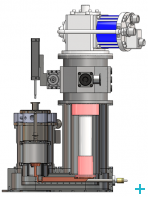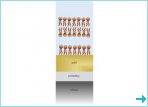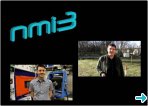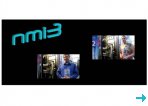Advanced Neutron Tools for Soft and Bio Materials JRA - latest achievements
It is time for a summary of the achievements of this JRA, which aims to provide a wider range of experimental tools to make the best use of neutron scattering for soft and bio-materials.
NMI3, 25/09/2015
Neutron techniques, especially neutron reflectivity, have recently offered high performance tools for the study of biological membranes. A great challenge for the future in the field is to succeed in standard production of model membranes, of recipes for specific deuteration and in the development of novel modelling methodology, including molecular scale information from MD simulations for the interpretation of neutron data.
This Joint Research Activity is developing a platform for model biological membranes, soft-material-specific sample environments and in-situ devices. The objective is to provide a wider range of experimental tools enabling to make the best use of neutron scattering for Soft and Bio-Materials, which have many possible applications in the areas of environment, energy and health.
For more information about the different tasks of this JRA please visit this page.
Achievements of each task
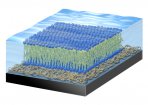
Drawing of a model membrane
A platform for model biological membranes for structural and dynamical characterisations
- D Lipids extraction
- Technology improvement for unconstrained, deposited biomembranes
- New method for fabricating the lower Self Assembled Monolayer (SAM) using chemically modified substrates surfaces
- SAM of 100% coverage with defect-free bilayers on these surfaces

Prototypes of electric field cell with electrodes outside the sample
Kinetic/dynamic measurements in periodic external fields
- Device for multi-angle, static and dynamic light scattering combined with small angle scattering
- 2 different scattering angles accessible simultaneously - Electrical Field cell with electrodes outside the sample cell
- Pressure cells for Small Angle Neutron Scattering with sapphire windows and with TiZr material for larger sample volume for Neutron Spin Echo
- Improved Stop Flow for smaller samples; better and faster homegeneization and thermalization
Humidity chamber
- Humidity cell with a factor of 5 improvement in humidity ratio (temperature) stabilization
Cryogen-free cryostat with sample changer for fast automatic data collection
- Compact, modular, cryogen-free cryostat for multiple samples, with a separate sample space isolation vacuum and a cold head isolation vacuum
- Thermal coupling to the cold head achieved by heat switches to realise fast cool down and warm up
Images
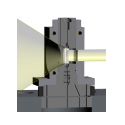
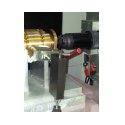
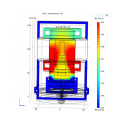
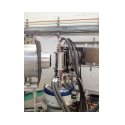
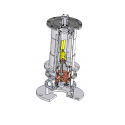
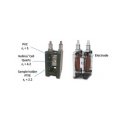
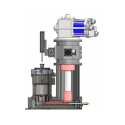
Highlights from this JRA
Biosensors will benefit from new method to produce membranes
NMI3 collaboration has taken a significant step in the production of biological membranes. To know more please click here.
New humidity chamber will shed light on processes behind Alzheimer’s disease
A JRA supported by NMI3 is working on a new humidity chamber. The instrument will be used for neutron scattering experiments to reproduce the human body conditions in order to shed light on biological processes such as the development of Alzheimer’s disease. Check out our video and article here !
Improving neutron scattering data quality: a multi-angle light scattering setup
During a neutron scattering experiment the sample might degrade and produce wrong results. In our new video, researchers explain their work on a set up to control the sample quality along time so that false data can be discarded. This work will improve the data quality. You can see the video and read the article here .
